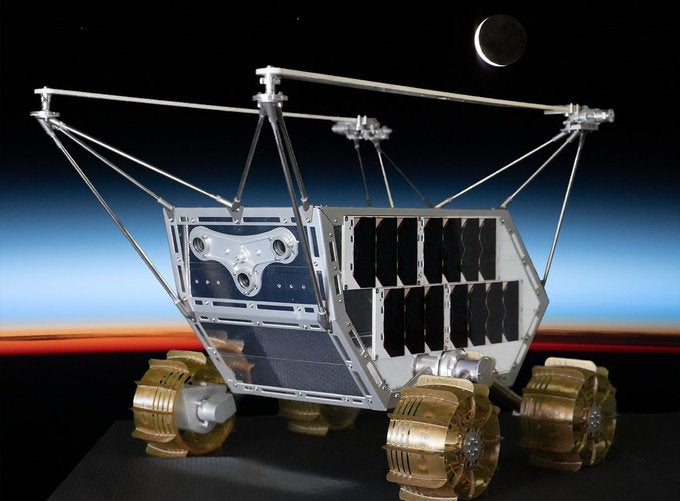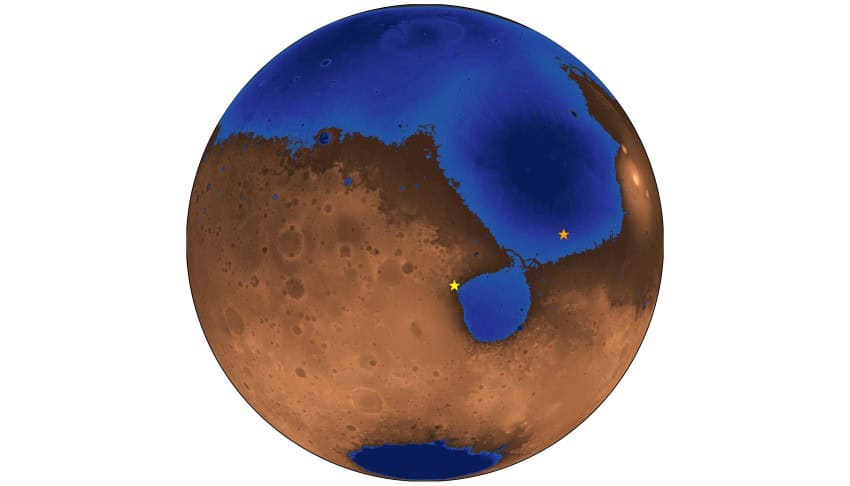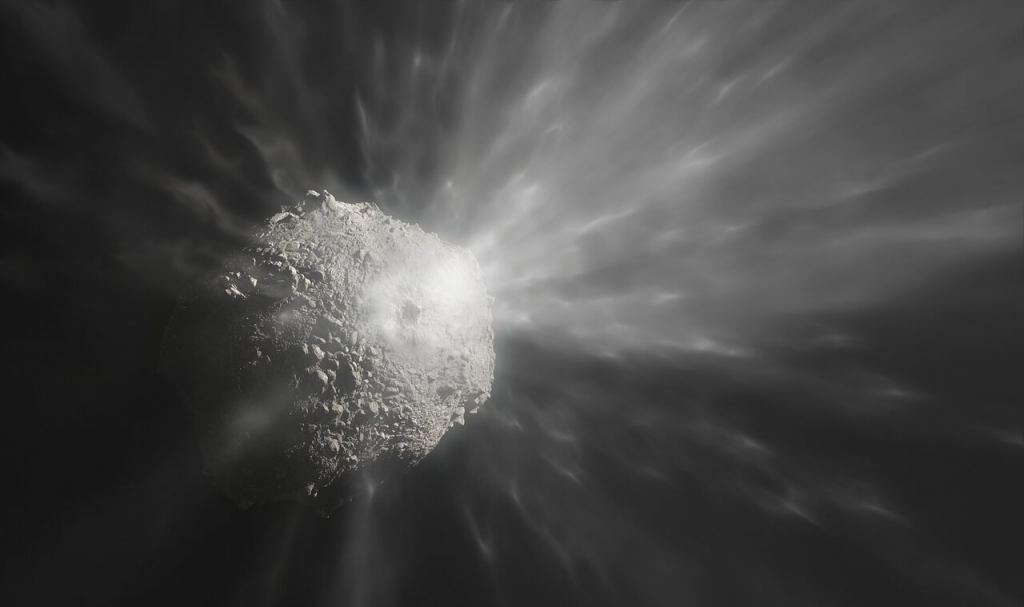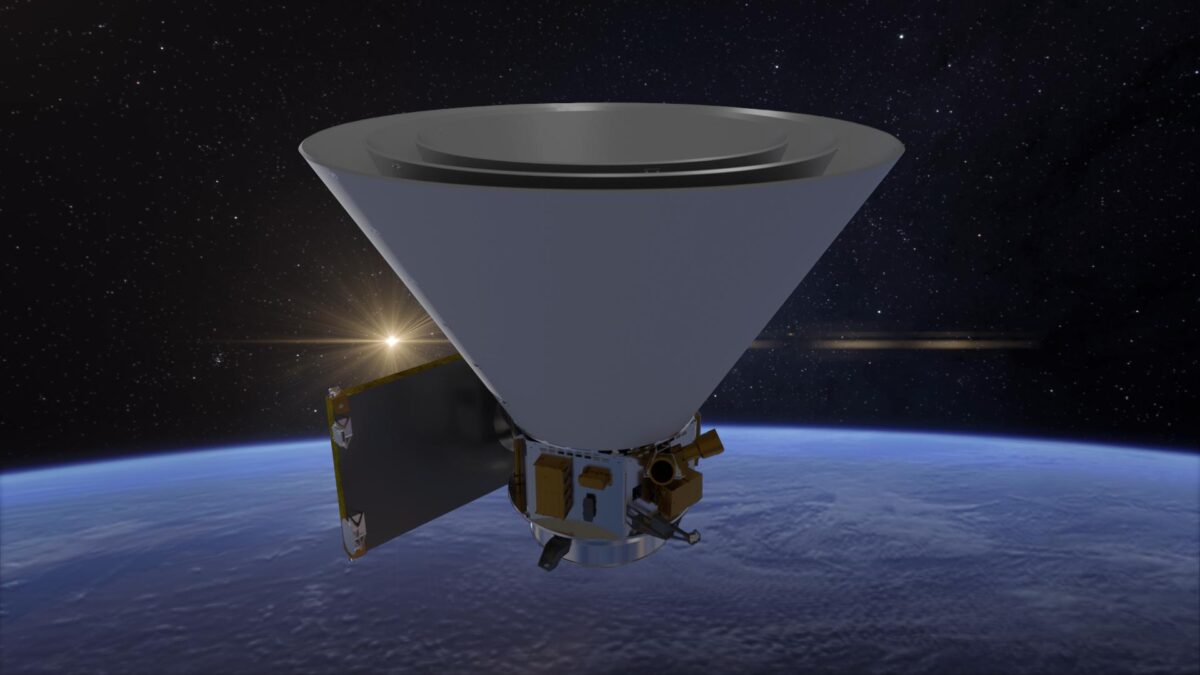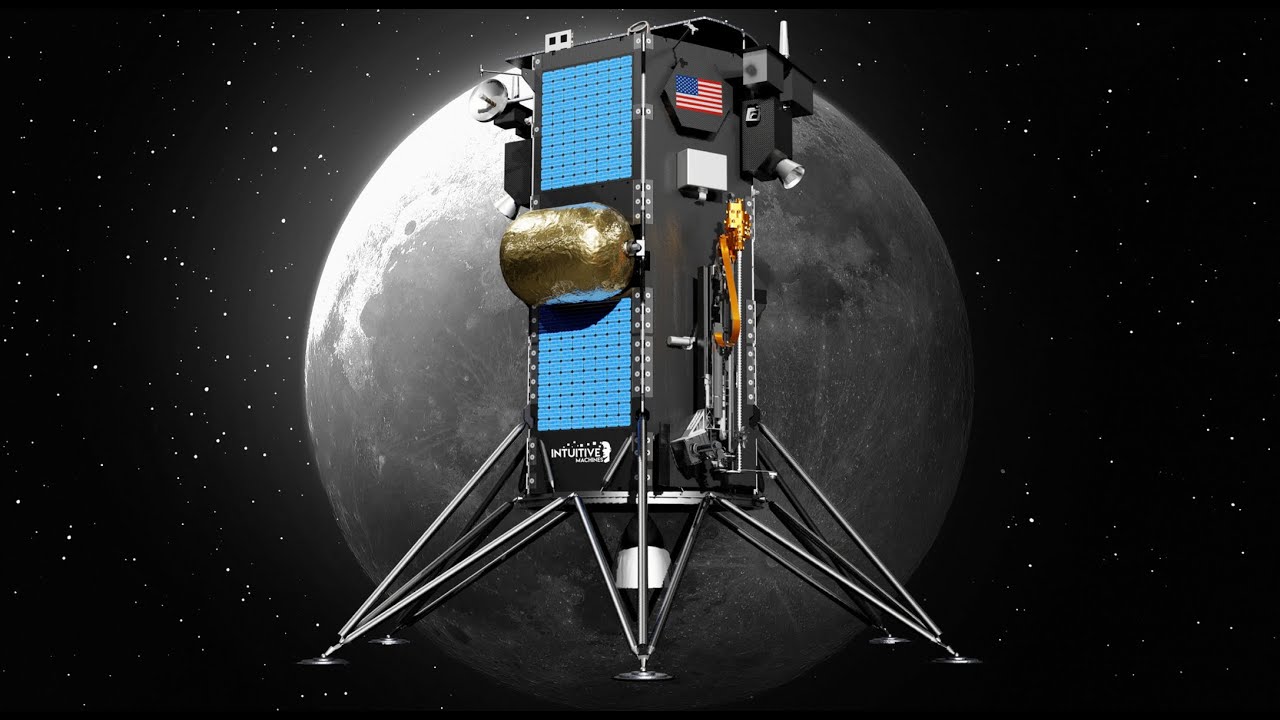This Laser Could Find Fossil Microbes on Mars
According to Darwin, life on Earth may have first appeared in warm little ponds. This simple idea is also a cornerstone in our search for the origin of life. The ponds were rich in important chemicals, and when lightning struck, somehow, it all got going. If the idea is correct, the same thing may have … Read more

